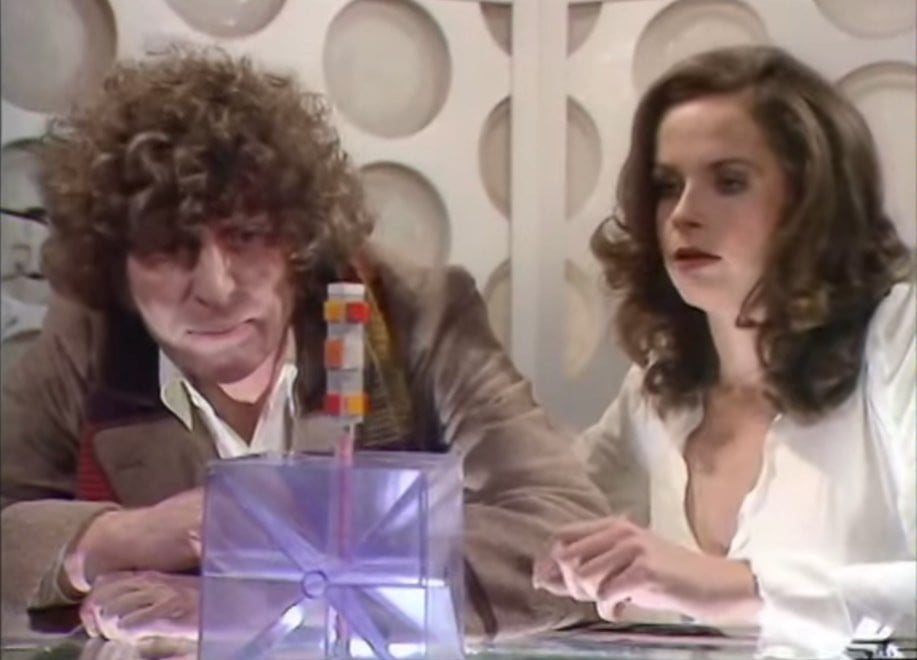The time crystals concept is now reality

In 2012, physicist Frank Wilczek speculated that it would be possible to make a crystal whose lattice repeats in four dimensions, not just three.
Wilczek thought it might be possible to create a similar crystal-like structure in time, which is treated as a fourth dimension under relativity. Instead of regularly repeating rows of atoms, a time crystal would exhibit regularly repeating motion.
Many physicists were sceptical, arguing that a time crystal whose atoms could loop forever, with no need for extra energy, would be tantamount to a perpetual motion machine — forbidden by the laws of physics.
Now, a team at Berkeley have succeeded in making time crystals, publishing a method that two other teams have already successfully followed.
For Yao’s time crystal, an external force — like the pulse of a laser — flips the magnetic spin of one ion in a crystal, which then flips the spin of the next, and so forth, setting the system into a repeating pattern of periodic motion.
There are two critical factors. First, after the initial driver, it must be a closed system, unable to interact with and lose energy to the environment. Second, interactions between quantum particles are the driving force behind the time crystal’s stability. “It’s an emergent phenomenon,” says Yao. “It requires many particles and many spins to talk to each other and collectively synchronise.”





Stay Connected